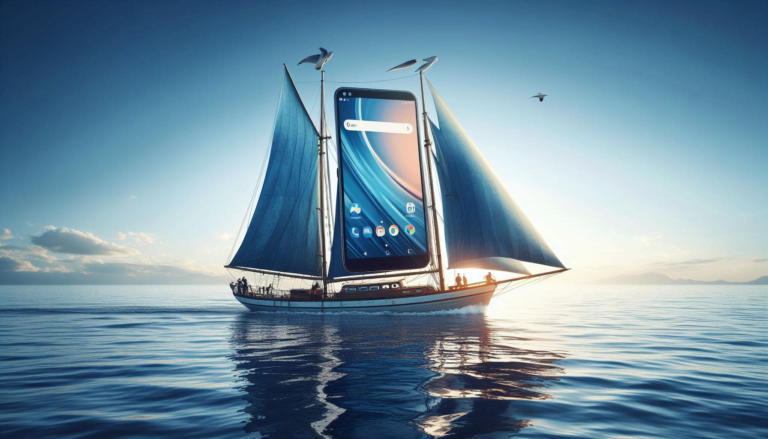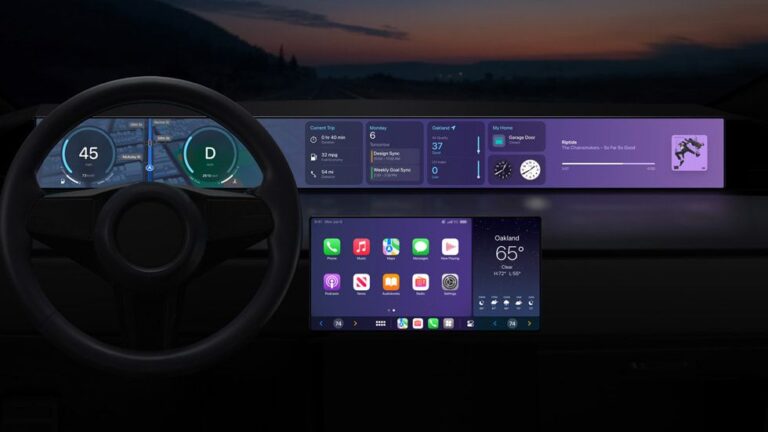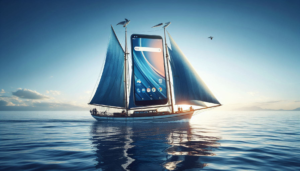Flexible screens are Samsung’s patch, not Apple’s
- Apple Patent applications and job filings are an admission of what I have long suspected.
- Flexible and bendable screens are not just a fad but could define the next generation of form factor in the handset and tablet arena.
- From the end of 2011 and steadily through 2012, Apple has been filing patents regarding the use of bendable and flexible displays in handsets.
- Earlier this month, Apple briefly posted an advertisement for a display expert to look the next generation of displays including flexible displays.
- I see flexible displays emerging in three main generations.
- First, flat displays using plastic rather than glass as a substrate.
- Second, displays that have rigid curves built into them.
- Third, displays that can be rolled up, bent and folded post manufacture.
- Should these prove popular, and there is every reason to think that they will be, then I think Apple is in big trouble.
- Simply put, this is Samsung’s backyard and it is likely to have screens at commercial yields long before anyone else
- Hence, it is Samsung that will lead this market not Apple.
- This is nothing new for Samsung, which has been showcasing prototypes for over two years but has yet to launch a commercial product.
- The problem is in the encapsulation of the display where I understand that Samsung has been struggling with both reliability and yield.
- This is why the displays have been delayed and why there is no product in the market despite repeated promises of a “tablet or a phone this year”.
- When they are ready, I would expect Samsung to keep its entire production in house for the first few generations before making the screens available to outside customers.
- Even then, I think that the latest and greatest will be kept in house with only the older generations being made freely available.
- This will work as long as Samsung has the market for flexible displays cornered.
- When LGD and the others catch up, then things will change but this might take a while.
- This means that Samsung will be in the market first with these screens allowing it to launch form factors that none of its competitors can.
- As hardware continues to commoditise, this will be key to keeping Samsung differentiated and comfortably profitable while it develops its software strategy to compete in a post hardware world.
- I think that this will give Samsung 2-3 years breathing space before its software and services will need to be delighting users.
- This means that Samsung does not have to come up with a winning ecosystem of its own before 2016 or 2017.
- Despite this big cushion, Rome was not built in a day and software is still not a strength within Samsung despite its recent improvements.









Blog Comments
tatilsever
April 12, 2013 at 8:46 pm
“- First, flat displays using plastic rather than glass as a substrate.”
How is that different than the plastic screens that used to dominate smartphones before iPhone made glass screen standard? Plastic screens were more prone to scratches, but did not shatter if dropped. You’d think there would be some who prefer scratches over the possibility of a shattered screen, but apparently demand was not there, or at least some manufacturers would stick with plastic for their high end phones. I wonder if this new gen plastic screens would be any different.
Glass can also be bent into a rigid curve, but I guess lighter weight plastic may fare better for smart watches if that idea ever takes off.
tatilsever
April 13, 2013 at 8:45 am
By the way, I was not asking about the difference between the old plastic screens and the new ones as a rhetorical device or as snark. I really am curious about the differences. I keep reading about the new gen plastic screens, but I do not see any information about them in the popular press other than that they are bendable.
windsorr
April 15, 2013 at 11:19 am
This new plastic has two major advanatges before one comes to bendiness. 1) Its tougher than gorilla glass. this means ess smashed screens and scrathes. 2) its much thinner and lighter. This leaves space in the device for more battery or for the handset makrer to make an even thinner / lighter device. Corning already has a product to address this called Willow Glass and by all accounts its excellent. Smasung at the moment are doing theirs in house.